Deaf Success for Fall Semester: Guide for High Schools
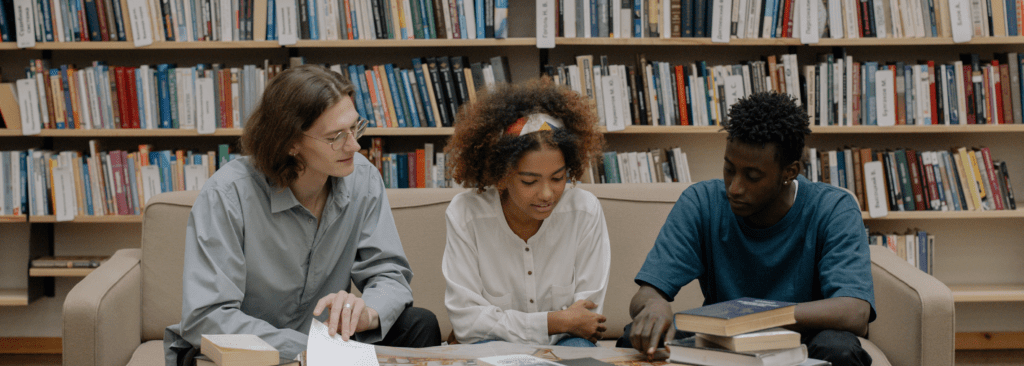
Educational and transition planning for deaf students requires a flexible, positive approach, now more than ever. NDC has answered many FAQs about how to find needed resources to support transition, what programs are available in different states, and how to meet legal obligations — even if students are not in the school building every day.
Deaf Success for Fall Semester: Guide for Families, Parents, and Students

Fall 2020 brings many questions for your deaf youth’s education and future. Our research shows family support is so important! While there is a great deal of uncertainty now and in the months ahead, we encourage families to use ways to connect with their deaf teenager, look for opportunities to seek community support, and advocate for their equal access guaranteed by law to all learning opportunities.
Deaf Success for Fall Semester: Guide for Colleges and Postsecondary Schools

No matter which direction your institution goes for Fall 2020 — online, hybrid, or face-to-face — don’t let your deaf students fall through the cracks. Colleges, universities, and postsecondary training programs have a legal responsibility to provide equal access to deaf students when they shift online. The only way forward is for us all to work together.
Videos with Music
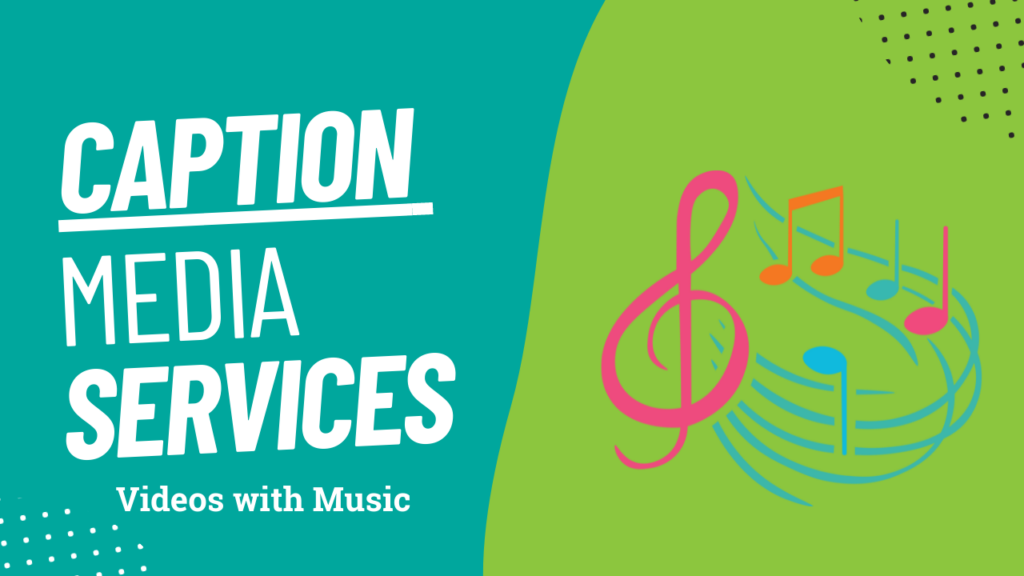
When a video incorporates musical elements, this information should be incorporated into the captioning track for accessibility purposes. The Described and Captioned Media Program’s (DCMP) Captioning Key includes tips and guidance on captioning music under Sound Effects and Music. For example, music with lyrics should be introduced with the name of the artist and title in brackets, followed by the verbatim lyrics between music note symbols (♪).
Foreign Language Videos
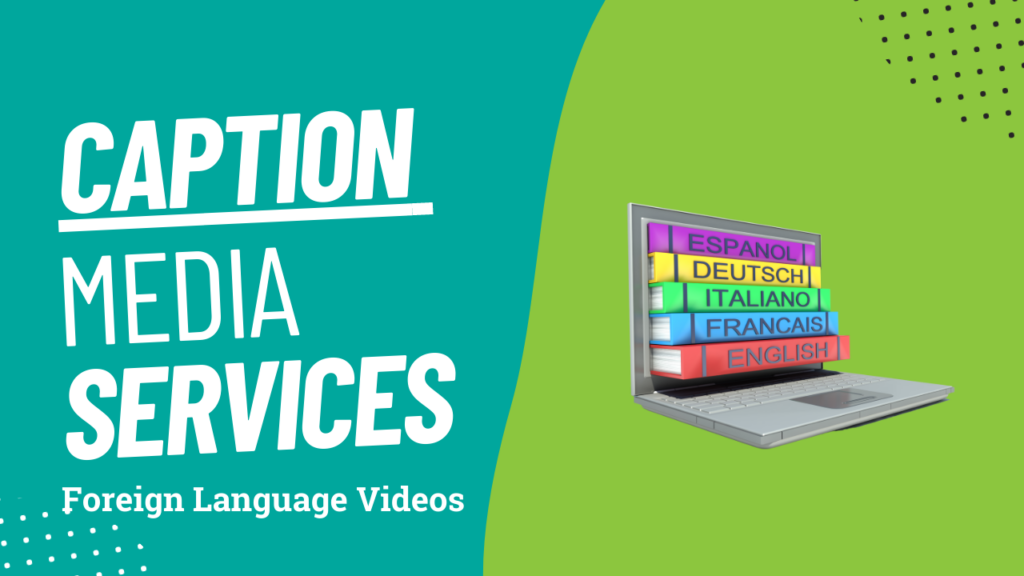
When the language of a video is primarily spoken in a foreign language, the equivalent accessible version would reflect captions in the same foreign language and should not be translated into English. For example, a deaf student is taking a Spanish course that has practice videos of individuals speaking Spanish. These videos should be captioned in Spanish for accessibility purposes.
Automatic Captions
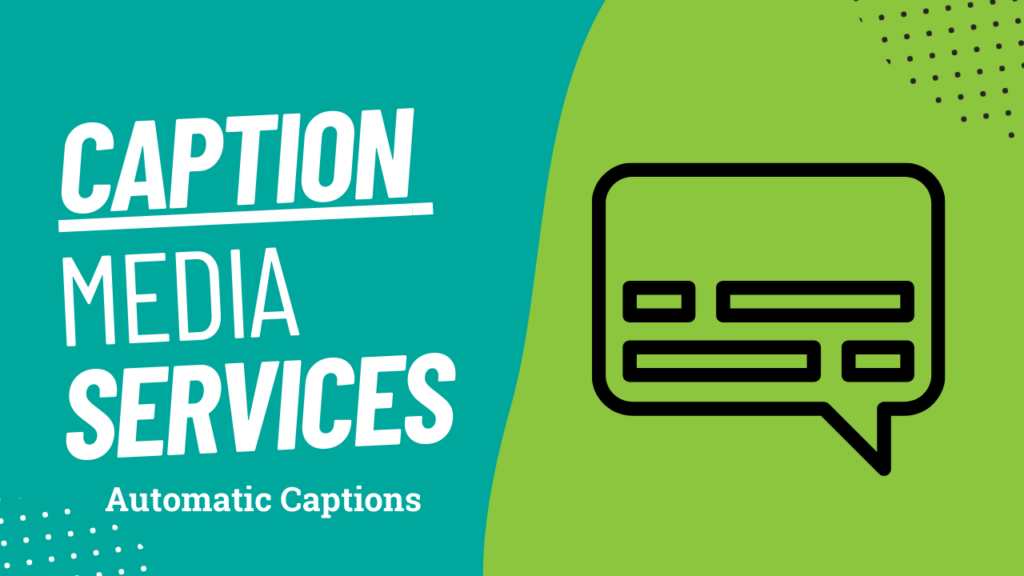
Effective communication is the required standard to ensure qualified individuals with disabilities have equitable communication access. Access to accurate information in lectures, discussions and across other rigorous courses is essential for deaf students. Therefore, it is imperative that quality captions are provided to deaf students for media used in courses and around campus.
Captioning In House vs. Outsourcing
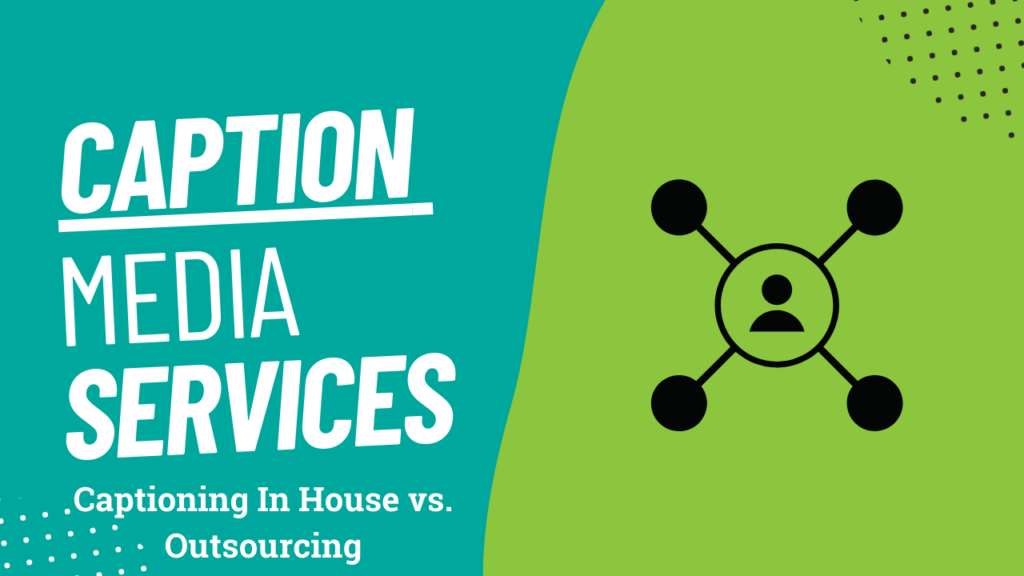
NDC’s Creating Offline Captions summarizes the three main ways that institutions are ensuring media on campus is accessible by Finding captioned media or comparable media: Searching for the same video that already captions or if a similar video that is captioned can be used.
Captioning Policies & Procedures
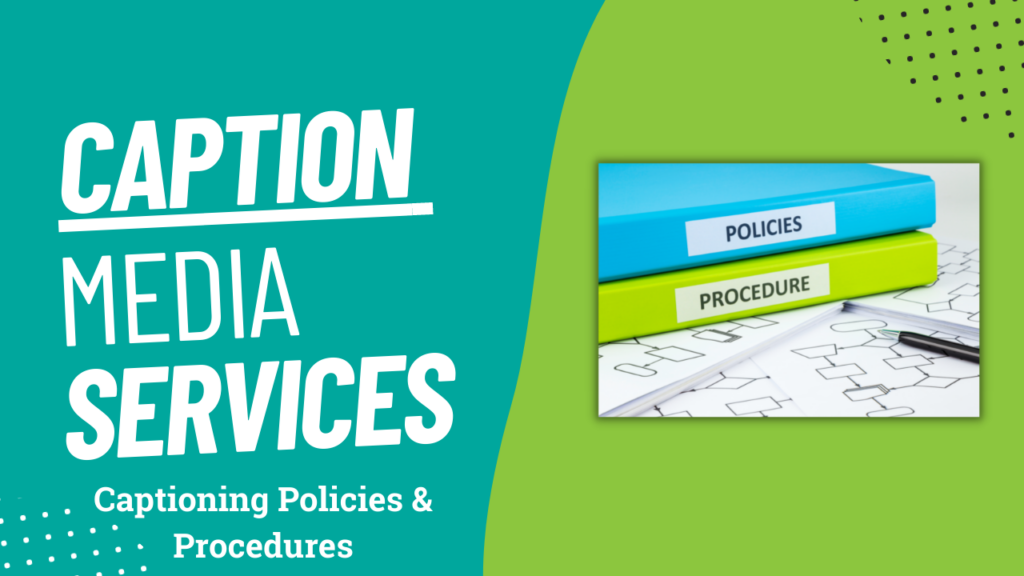
Campus policies and procedures for captioned media is recommended as a proactive measure to support a consistent and streamlined process. Many institutions are moving toward ensuring that all media be captioned, whether or not a deaf individual has made a request. Such a policy would help reduce the need for last minute requests and maximize access for everyone.
Copyright & Compliance
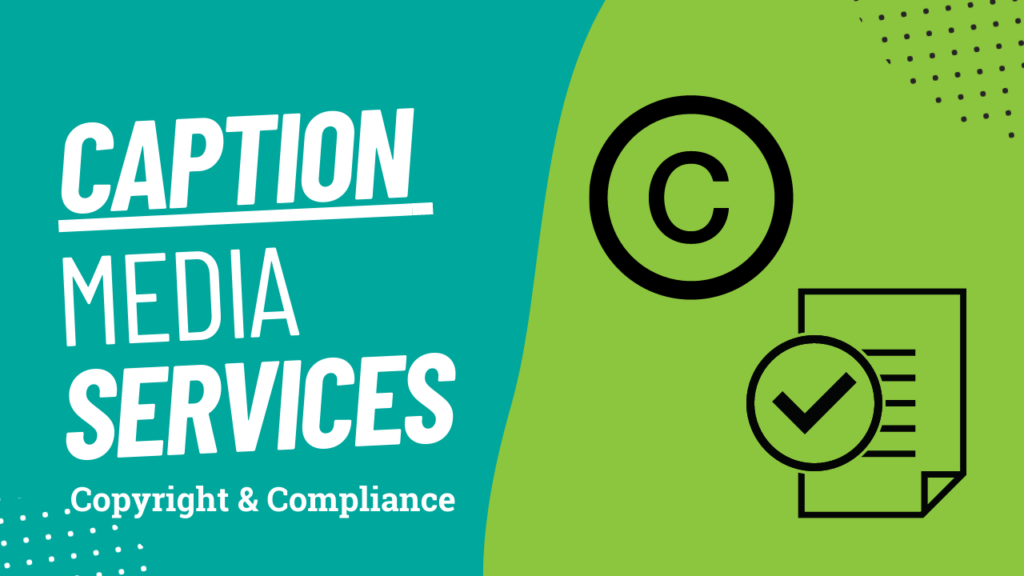
Colleges and universities must ensure media is accessible to deaf individuals whether it is media for coursework (supplementary or required), videos posted on the institution’s website or social media, or other materials such as those available through the campus library. This also includes videos used for educational purposes that are not captioned by the original production company.
Quality Standards for Captions
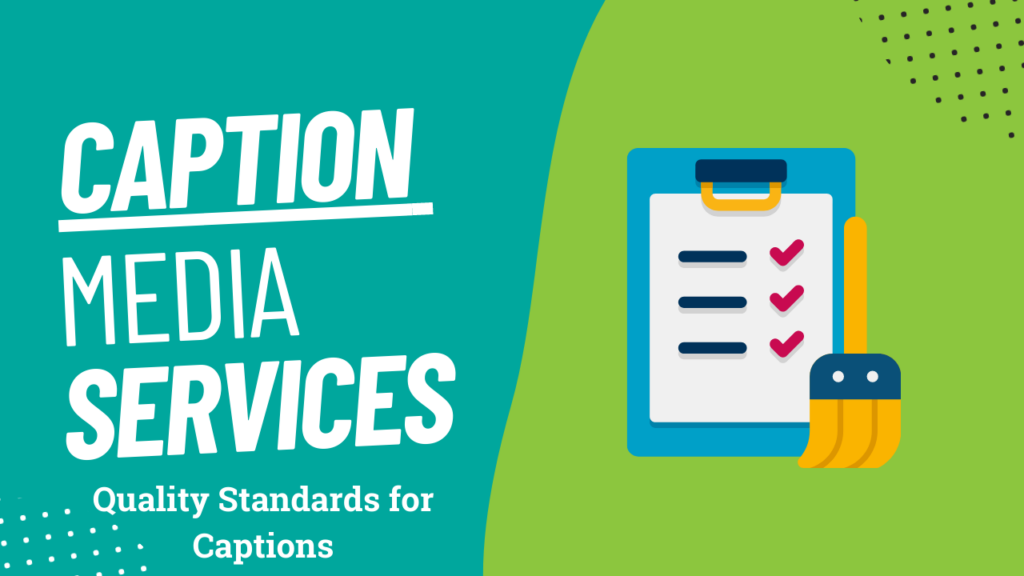
When going through the process of captioning videos, whether done in-house or through a third-party vendor, it is important to consider the quality standards of captioning. There are several resources that identify industry standards on captioning media such as:
Captions Benefit Everyone
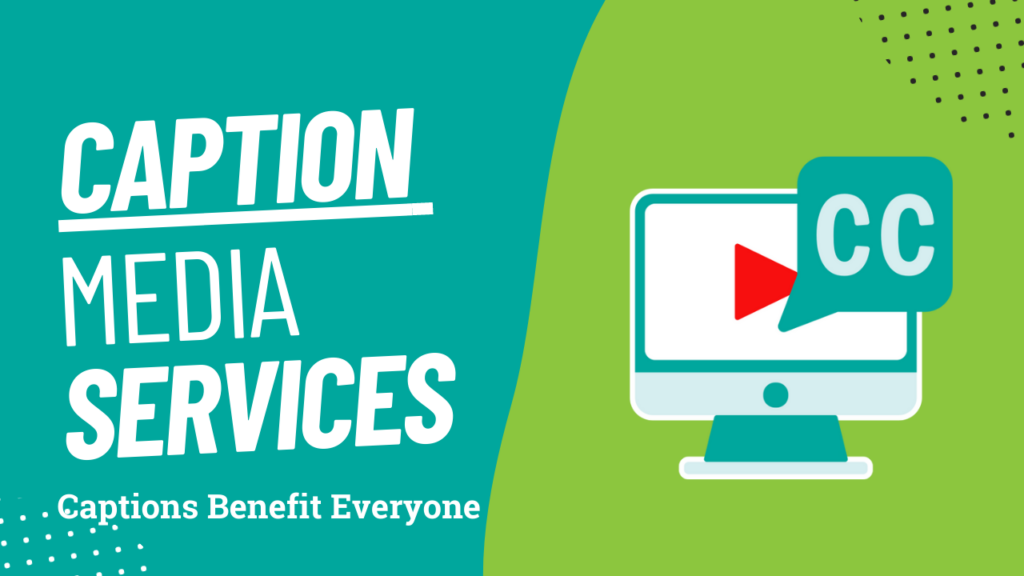
There is evidence-based research in support of using captioned media without the need to specifically make a request. Captions benefit everyone, and can dramatically improve one’s ability to retain and recall information from videos.
Captioned Media Services
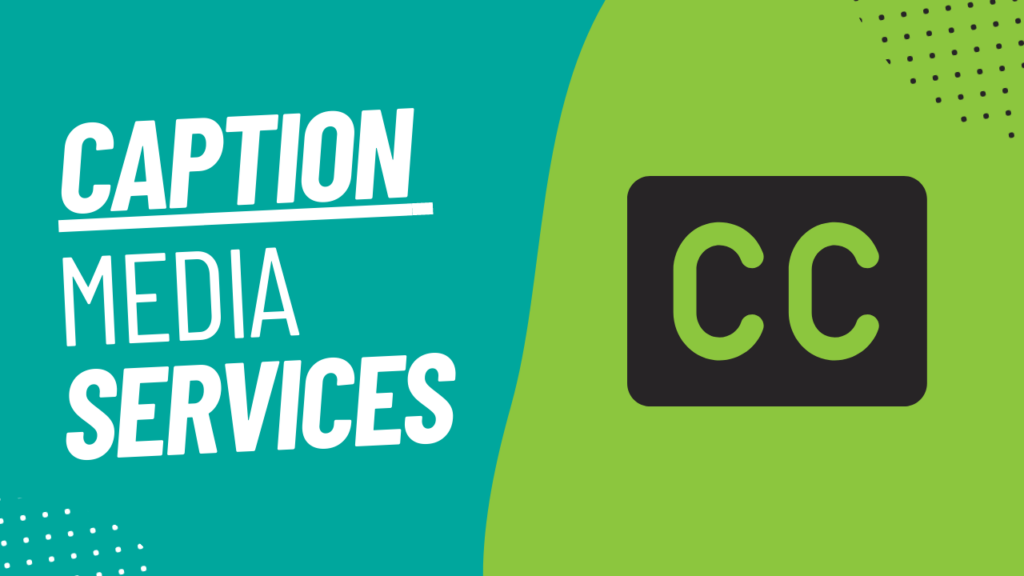
Captioned media is the process of converting audio content to text that is displayed on a video. Captions not only create access for deaf individuals but also benefit emerging readers, ESL/ELL students, students with learning disabilities, individuals with ADD/ADHD, and many more. This guide will share more information on how to provide captioned media that meets quality standards.





